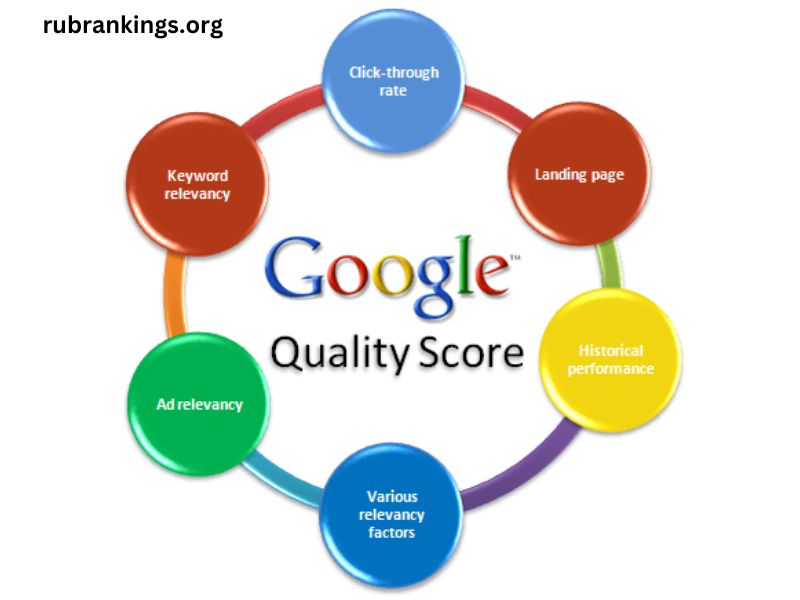Google Ads has become an indispensable tool for businesses looking to enhance their online visibility and drive targeted traffic to their websites. One of the most crucial elements of any successful Google Ads campaign is the crafting of compelling ad titles and announcements. These components can significantly influence user engagement, click-through rates (CTR), and, ultimately, conversion rates. In this article, we will delve into the importance of titles and announcements in Google Ads, best practices for optimizing them, and strategies for maximizing performance.
The Importance of Titles in Google Ads
Ad titles serve as the first point of contact between your business and potential customers. A well-crafted title can grab attention, evoke curiosity, and compel users to click through to your website. Here are some reasons why titles are essential:
1. First Impressions Matter
When users perform a search, they are presented with multiple ad options. The title is often the first thing they notice. A strong title can differentiate your ad from competitors and encourage users to explore your offering further.
2. Keyword Relevance
Incorporating relevant keywords into your titles helps improve your ad’s visibility. When users search for specific terms, Google matches these keywords with ad titles, which can enhance your ad’s position in search results.
3. User Intent Alignment
Understanding the intent behind a user’s search is critical. Titles should reflect this intent, whether it’s informational, transactional, or navigational. A title that aligns with what the user is seeking is more likely to lead to a click.
4. Branding Opportunities
Titles provide an excellent opportunity to communicate your brand message. Consistent branding in your titles helps build brand recognition and trust, which can influence a user’s decision to click on your ad.
Crafting Compelling Titles
Creating effective titles involves a combination of creativity and strategy. Here are some best practices to consider:
1. Keep It Concise
Google Ads titles are limited to 30 characters. This constraint requires brevity while still conveying a clear message. Aim for a title that is both informative and enticing, without unnecessary fluff.
2. Use Action-Oriented Language
Verbs can create a sense of urgency or excitement. Phrases like “Shop Now,” “Discover,” or “Get Started” encourage users to take immediate action.
3. Incorporate Numbers and Statistics
Using numbers can enhance credibility and attract attention. For example, “Save 50% on Your First Order” or “Join 10,000 Satisfied Customers” can make your ad more appealing.
4. Highlight Unique Selling Points (USPs)
Clearly state what makes your product or service unique. Whether it’s free shipping, a money-back guarantee, or 24/7 customer service, showcasing your USPs in the title can entice clicks.
5. A/B Testing
Regularly test different title variations to see which resonates most with your audience. A/B testing can provide insights into what works best, allowing for continuous optimization.
The Role of Announcements in Google Ads
While titles grab attention, announcements (also known as ad descriptions) provide the opportunity to elaborate on your offering. They should complement the title and encourage users to click. Here’s why announcements are crucial:
1. Detailed Information
Announcements allow you to convey more information than titles. Use this space to explain your offerings, highlight benefits, and address potential customer pain points.
2. Enhanced User Engagement
A well-written announcement can engage users by appealing to their emotions or aspirations. Storytelling or relatable scenarios can create a connection that motivates users to click.
3. Inclusion of Call-to-Action (CTA)
Effective announcements should always include a strong CTA. Phrases like “Learn More,” “Sign Up Today,” or “Get Your Free Trial” guide users on what to do next and create a sense of urgency.
Best Practices for Crafting Announcements
Creating effective announcements involves thoughtful consideration of both content and tone. Here are some tips:
1. Maintain Relevance
Ensure that your announcement aligns with the title and the user’s search intent. Consistency across both elements builds trust and helps users understand what to expect when they click.
2. Use Engaging Language
Use persuasive language that resonates with your target audience. Consider what motivates them and what language they relate to when crafting your announcements.
3. Address Pain Points
Identify common challenges your audience faces and explain how your product or service can solve these issues. This approach creates relevance and shows that you understand their needs.
4. Utilize Emotional Triggers
Incorporating emotional triggers, such as fear of missing out (FOMO) or the desire for status, can enhance the effectiveness of your announcements. Phrases like “Limited Time Offer” or “Join the Elite” can drive engagement.
5. Focus on Benefits, Not Features
While it’s important to mention features, always emphasize how these features benefit the user. Instead of stating, “Our software has a user-friendly interface,” say, “Save time with our easy-to-use software.”
Measuring Performance
Once your titles and announcements are live, it’s crucial to monitor their performance. Google Ads provides various metrics to evaluate the effectiveness of your campaigns:
1. Click-Through Rate (CTR)
CTR is the ratio of users who click your ad to the total number of impressions. A high CTR indicates that your titles and announcements are compelling. Aim for a CTR above industry averages, but also consider the quality of traffic.
2. Conversion Rate
While CTR is important, conversion rate is the ultimate metric. This measures the percentage of users who complete a desired action on your website after clicking your ad. If your CTR is high but conversion is low, it may indicate that your landing page isn’t meeting user expectations.
3. Quality Score
Google assigns a Quality Score to your ads based on their relevance and performance. Higher scores can lead to lower costs per click (CPC) and better ad placements. Optimize your titles and announcements to improve this score.
4. A/B Testing Results
Continuously conduct A/B tests on different titles and announcements. Analyze the results to identify which variations drive the best performance, and adjust your strategy accordingly.
Conclusion
Optimizing titles and announcements in Google Ads is a critical component of a successful digital marketing strategy. By focusing on clarity, relevance, and user engagement, businesses can create ads that not only attract attention but also drive conversions. Regular testing and performance analysis will ensure that your ads remain effective in an ever-evolving digital landscape.
In a world where consumers are inundated with choices, the right titles and announcements can make all the difference. By prioritizing these elements, businesses can enhance their online presence, connect with their audience, and ultimately achieve their marketing goals.



